Published Sep 26, 2022
Star Trek's Double Trouble
Take a second glance at these duplicates, doubles, and doppelgängers.
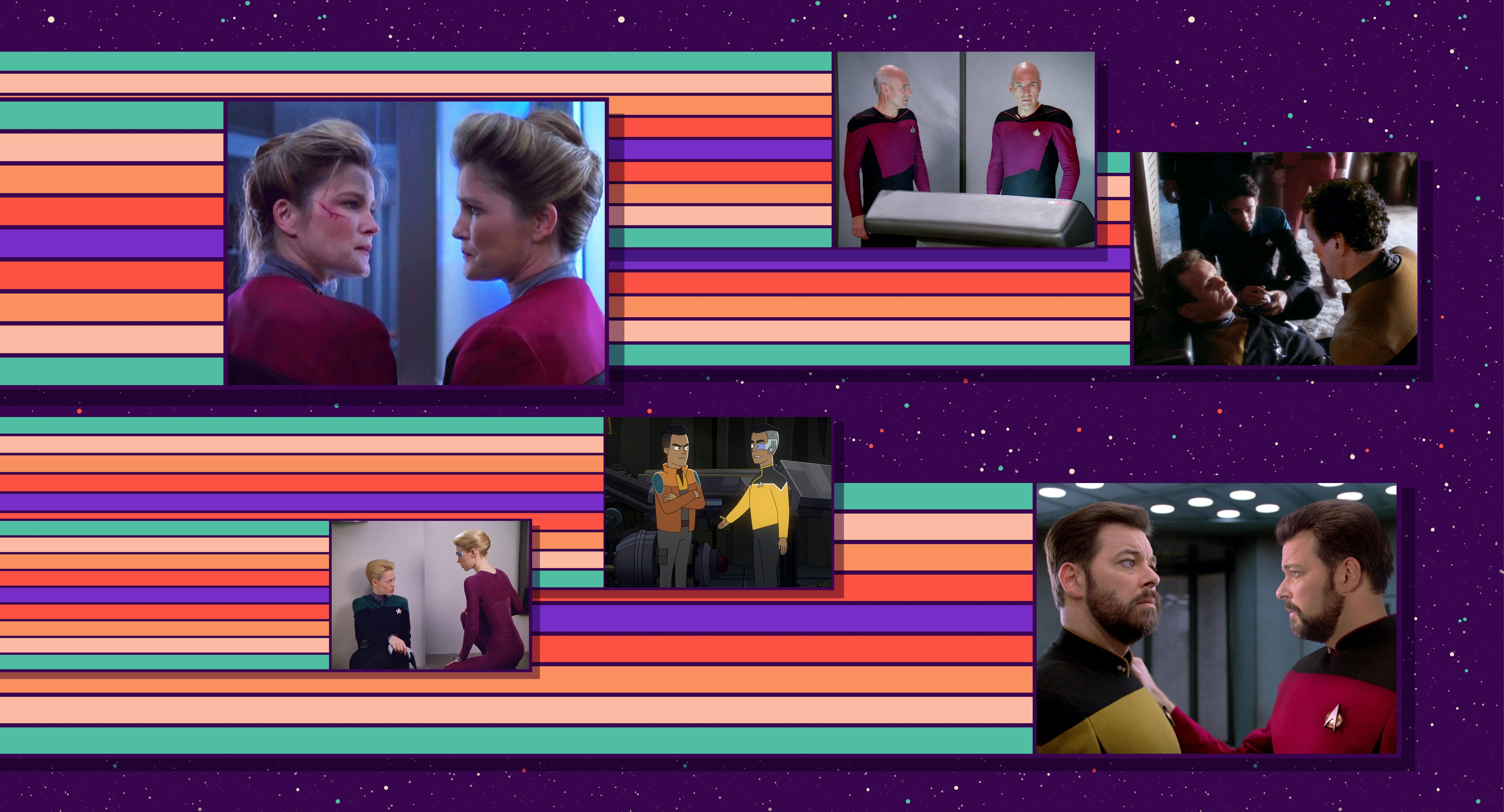
StarTrek.com
When Ensign Rutherford encounters the man he used to be in the most recent episode of Star Trek: Lower Decks, "Reflections," he assumes, at first, that he’s dealing with an imposter. With no memory of being this cooler, flirtier, and notably angrier self, his counterpart seems more like an interloper from the Mirror Universe than the genuine article.
Similarly, when Christopher Pike meets his own time-displaced double in the Star Trek: Strange New Worlds episode “A Quality of Mercy,” his first thought is that "future me" might be a fake. It’s not until a quick game of name-the-pony has established his double’s bona fides that the good captain moves on to saving the galaxy, seemingly un-phased by receiving the latest mission briefing from his own older face.
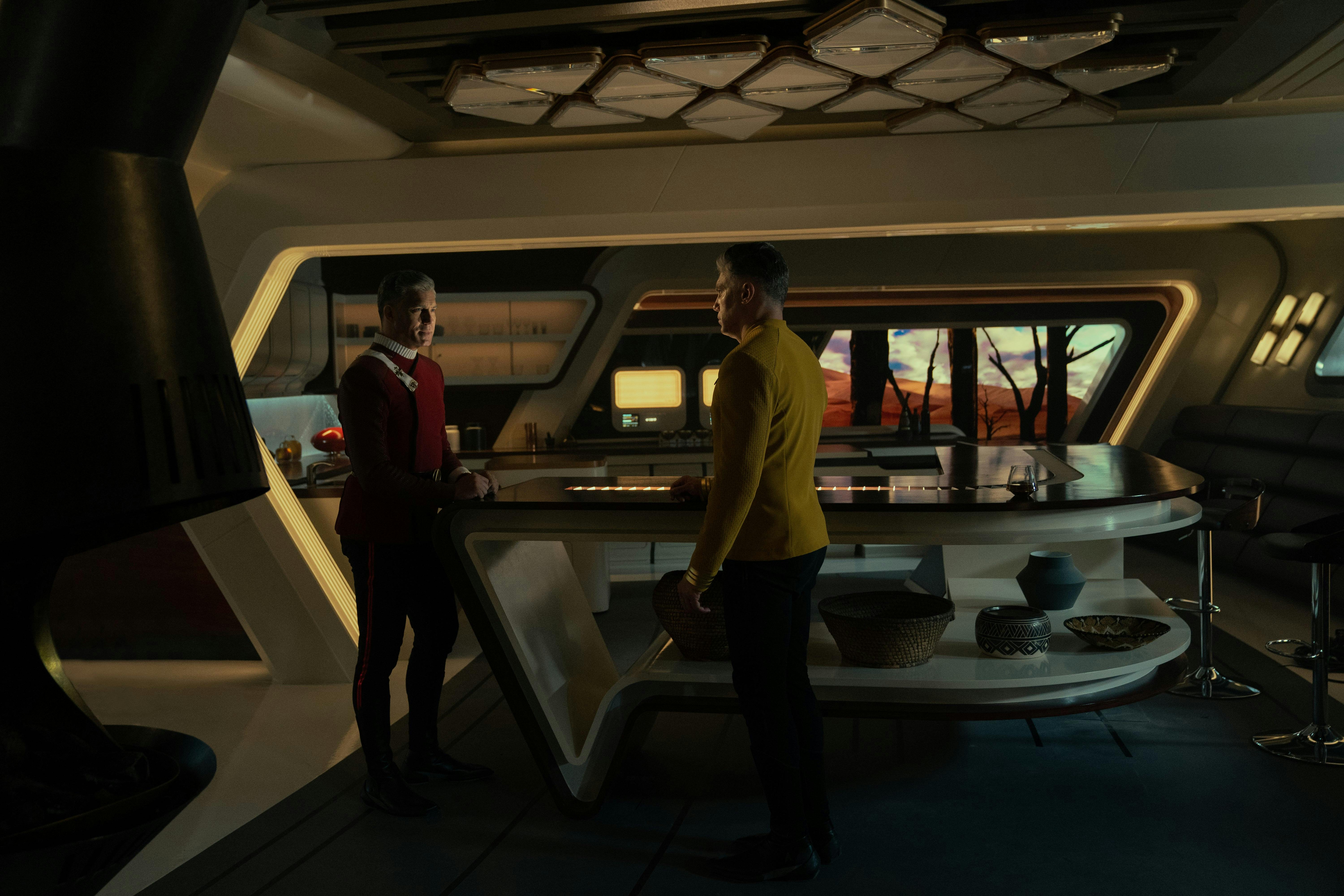
StarTrek.com
But while Rutherford is a lowly ensign — with a severe case of amnesia — Pike is a seasoned Starfleet officer who knows that finding yourself on the final frontier is pretty much an occupational hazard. As Captain Janeway tells the duplicate Harry Kim in “Deadlock,” “weird is part of the job.”
In fact, from our perspective, Pike and Rutherford join a roster of several hundred doubled officers throughout the course of Star Trek’s 50+ year history. Not least of which includes the entire Voyager crew, who find themselves doubled not once but twice in the span of two years, between Season 2's “Deadlock” and Season 4's “Demon.”
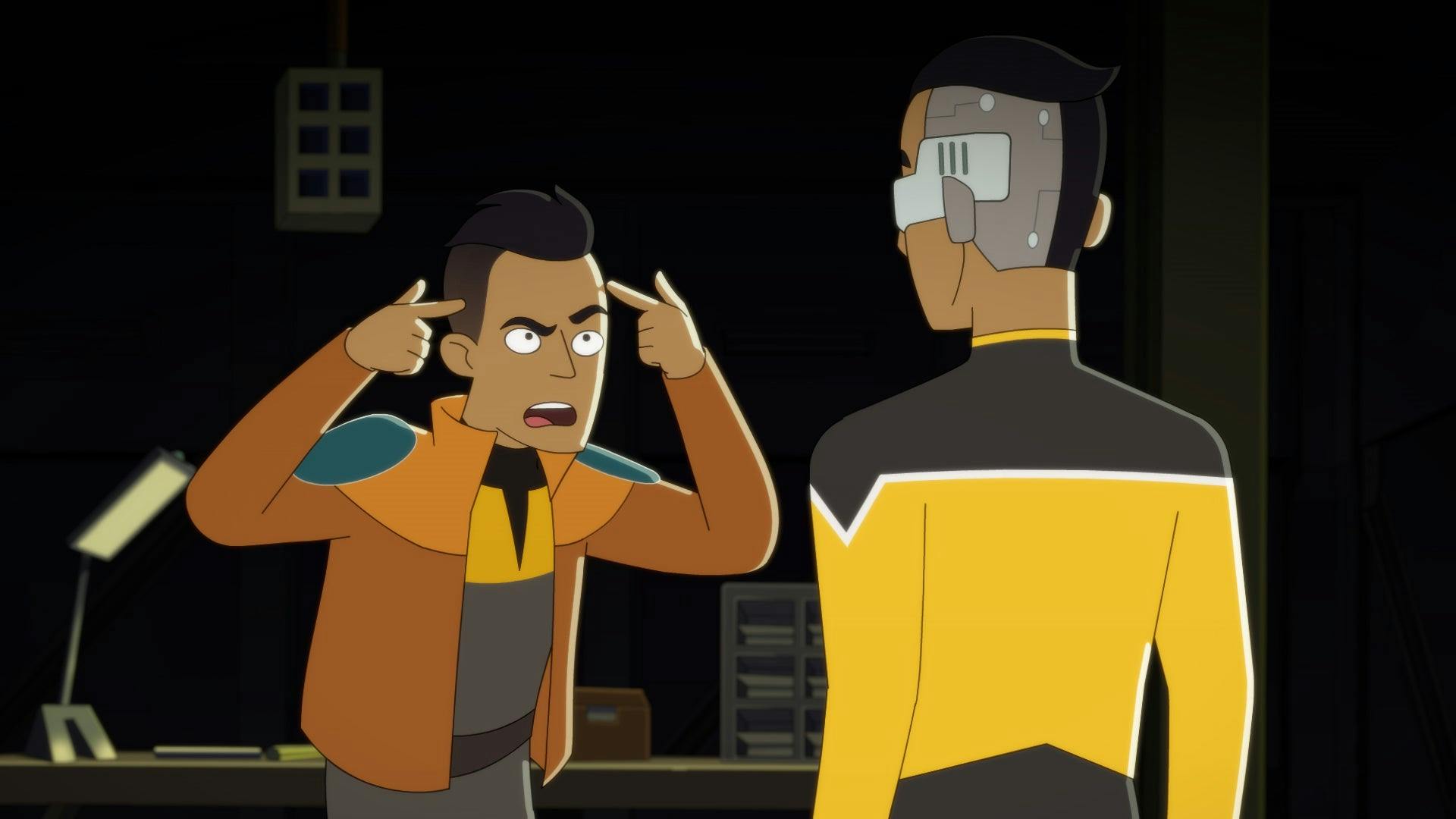
StarTrek.com
Significantly, neither duplicate Voyager makes it within hailing distance of the Alpha Quadrant. A common theme of such doppelgänger stories – particularly in the age of episodic television – is that only one of the two versions makes it out alive. In “Deadlock,” "our" Voyager (whatever that means, since the split occurs a mere five minutes into the episode) may journey onwards with a couple of counterparts standing in for the dead Ensign Kim and baby Wildman, but there is no second ship left over to trouble the show’s Reset Button continuity. And in “Course: Oblivion,” the cloned Voyager is lost with all hands. "Our" crew don’t even register their existence.
At least Captain Janeway isn’t personally responsible for offing her own alter-ego, as Captain Picard does in the Season 2 The Next Generation episode, “Time Squared.” Nor watch her counterpart take her last breath, which happens to Miles O’Brien (twice!) in DS9’s “Whispers" and “Visionary” — two stories so similar in theme and mood that they’re practically doubles of each other.
In fact, the link between doubles and death is a fairly consistent one. In Star Trek Nemesis, Picard must die if Shinzon is to carry on living. Phlox’s mimetic symbiont ‘Sim’ is required to sacrifice himself to save the original Trip Tucker. And poor Rutherford stakes his life on a race with his past self, knowing that only one of them can survive. In fact, an early plan for The Next Generation episode “Second Chances” involved Will Riker dying a tragic death, only to be replaced by his transporter clone Tom.
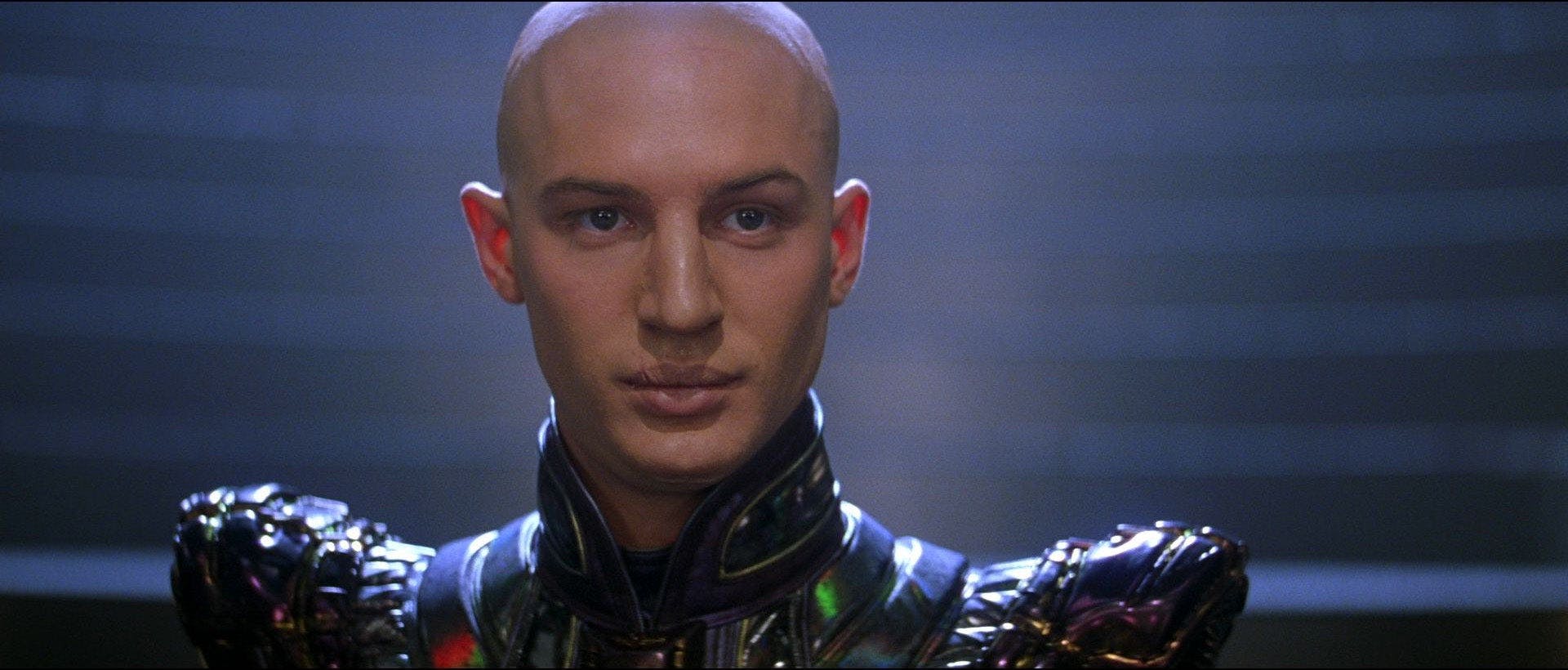
StarTrek.com
According to Sigmund Freud, such double stories fall under the umbrella of the "uncanny" or unheimlich – a term which in its original German signifies something closer to "unhomely" or "unfamiliar." As Data’s famous Holo-therapist observed in a 1919 essay, the unfamiliar carries the familiar within it – and so too with the doppelgänger, who is both that which is closest to us (our own mirror image) and yet somehow alien.
For Freud, doppelgänger encounters always carry a mortal threat. “The ‘double’ was originally an insurance against destruction to the ego,” he explained, but “from having been an assurance of immortality, he becomes the ghastly harbinger of death.” British writer Caryl Churchill puts it starkly in her play A Number, in which a series of clones learn about each other’s existence. “Don’t they say you die if you meet yourself,” one of them asks — alluding, presumably, to some kind of cosmic paradox. But his interlocutor misunderstands him. “Walk 'round the corner and see yourself, you could get a heart attack,” he agrees. “Because if that’s me over there, who am I?”
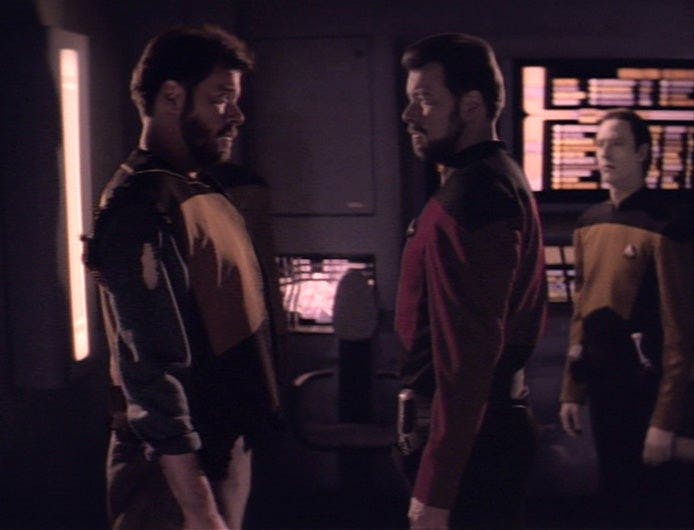
StarTrek.com
In fact, the psychological shock of such encounters is often expressed in relatively mundane terms — not so much an existential crisis as a petty interpersonal dispute. When Will Riker and Tom Riker butt heads in “Second Chances,” Worf makes an astute observation. Data’s suggests humans “value their uniqueness,” interesting coming from an android who has already met an (evil) twin of his own. “Perhaps it is more a matter of seeing something in your double," counters Worf. "Something you do not like in yourself.”
Certainly, in Star Trek, results may vary – depending, perhaps, on the self-image of the officer in question. When Kirk comes face to face with himself via the shapeshifter Martia in The Undiscovered Country, she taunts him for his narcissistic ego. In response to Kirk's disgusted, “I can’t believe I kissed you,” she retorts, “Must’ve been your lifelong ambition.”

StarTrek.com
But while the two Kirks trade insults, the two Rikers are intensely competitive – a pair of squabbling siblings. They even have different relationships with their equally dysfunctional father. Will may possess a career advantage thanks to eight years climbing the greasy pole of Starfleet; it looks like Thomas is destined for more luck in love, winning the heart (for a second time) of their Imzadi, Deanna Troi. Ultimately, though, the lower-ranking Tom will go down a dark path in his attempt to outshine Will – and as we see in Deep Space Nine’s “Defiant,” it lands him in a grim Cardassian prison. Boimler suffers even greater humiliation after his transporter duplicate is revealed — demotion from lieutenant to ensign, followed by a transfer back to the Cerritos from the Titan.
This competitive element goes back as far as the original literary double, as featured in Fyodor Dostoevsky’s 1846 novella, The Double. In this grotesquely comic story, a minor civil servant’s life is turned upside down following the appearance of his own uncanny doppelgänger. While the original Mr. Golyadkin is professionally timid and socially-awkward (think Reginald Barclay on a bad day), the new "Mr. Golyadkin Jr." has buckets of charm and social skills (like the Barclay who only exists on the Holodeck). Predictably, the original Golyadkin soon finds himself supplanted by this more popular version of himself.
If meeting another you represents a potential existential crisis — “If that’s me over there, who am I?” — then meeting a better version of yourself is an even more nightmarish prospect. Fortunately for our Star Trek heroes, sci-fi doubling typically seems to produce an inferior copy, like the increasingly grainy duplicates churned out by an office photocopier. It’s Thomas Riker, not "our" Will Riker, who loses at the poker game, while Picard’s future-doppelgänger in “Time Squared” can barely even speak for most of the episode. "Red Rutherford" might seem sexier than his present hokey incarnation, but ultimately, it’s our Rutherford’s commitment to friendship that ensures he carries the day.
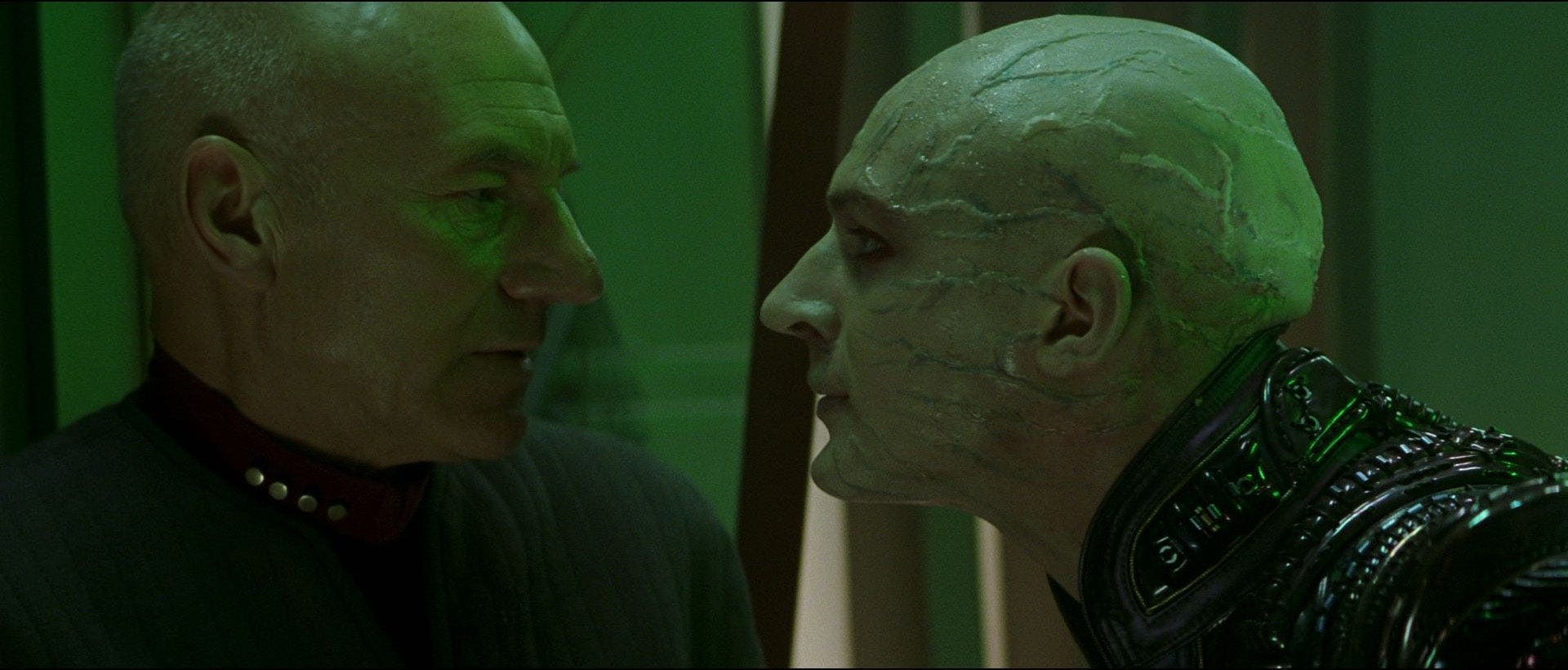
StarTrek.com
In Star Trek Nemesis, the crew of the Enterprise-E experience double double-trouble. Not only does Picard meet his own younger doppelgänger in the clone Shinzon, but Data finds a physically identical prototype android, B-4. Both are markedly inferior to their more familiar versions, whether intellectually or morally. That said, Picard has never seized control of a major galactic empire, so perhaps the Remans would beg to differ!
Both heroes respond by trying to bring their counterparts up to their own level, Picard by attempting to awaken Shinzon’s conscience, and Data by transferring his memories and experiences to B-4. It’s characteristic of the android’s lack of ego that he has no qualms about turning the inferior model into an almost exact replica of himself. While Will Riker bristled at the idea of Thomas picking up where he left off with Counselor Troi – not to mention brutally phasering his unborn clone in “Up the Long Ladder” – Data is willing to give B-4 everything that makes him unique to help him become the best android he can be.
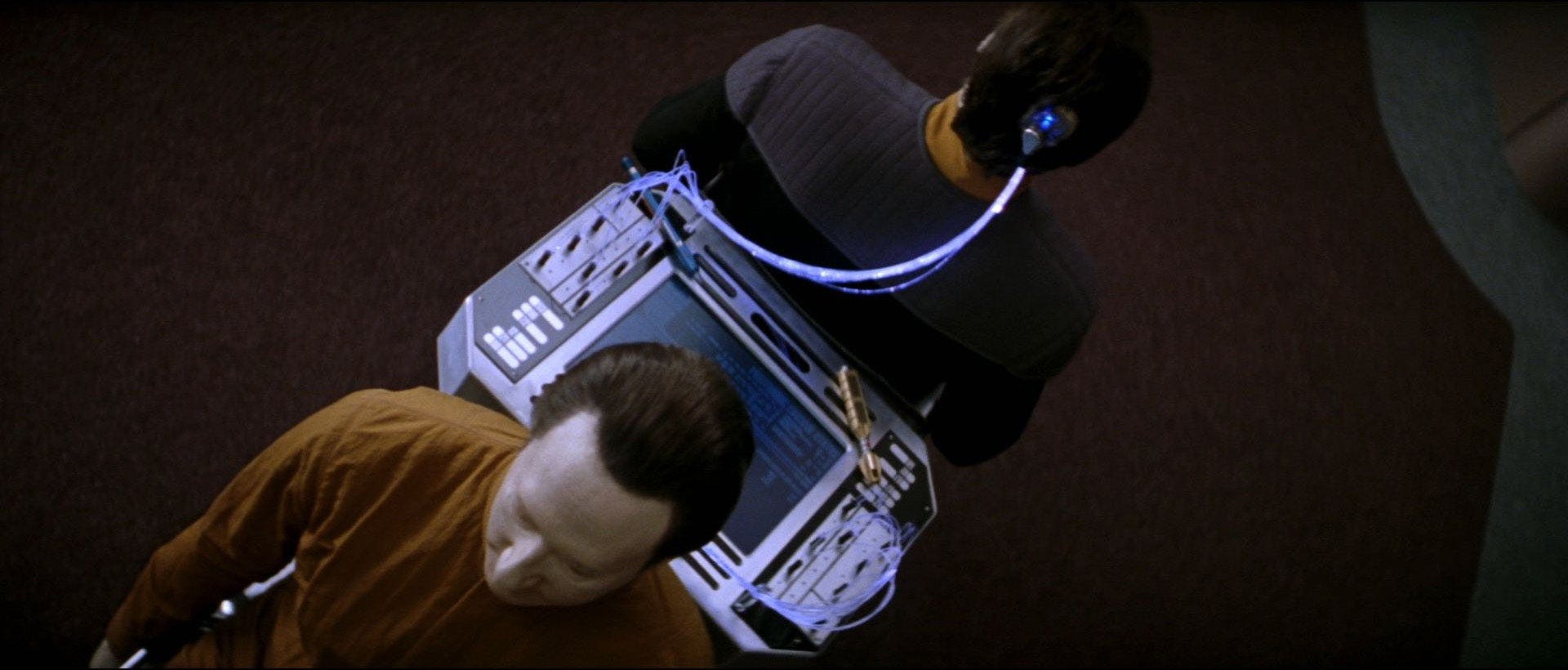
StarTrek.com
Such generosity, of course, is entirely in keeping with the ethos of Starfleet, where that which is alien — the “unfamiliar,” to return to Freud’s terminology — is eventually welcomed into the fold. Perhaps most inspiring in this regard is Captain Janeway, who not only collaborates twice with alt-versions of herself (in “Deadlock” and then again in “Endgame”), but by the end of “Demon,” volunteers her entire crew to be duplicated as well, subject to their consent. As far as we can tell, not one of her hundred-odd officers refuses.
Most of us struggle to some extent with our own self-image. Catch a glance of yourself unexpectedly in the mirror and you might be taken aback by what you see. But perhaps we can all learn something from Janeway’s example. Being willing to accept yourself warts and all — and to work with who you are, not who you want to be — may be the surest way for us all to live long and prosper.
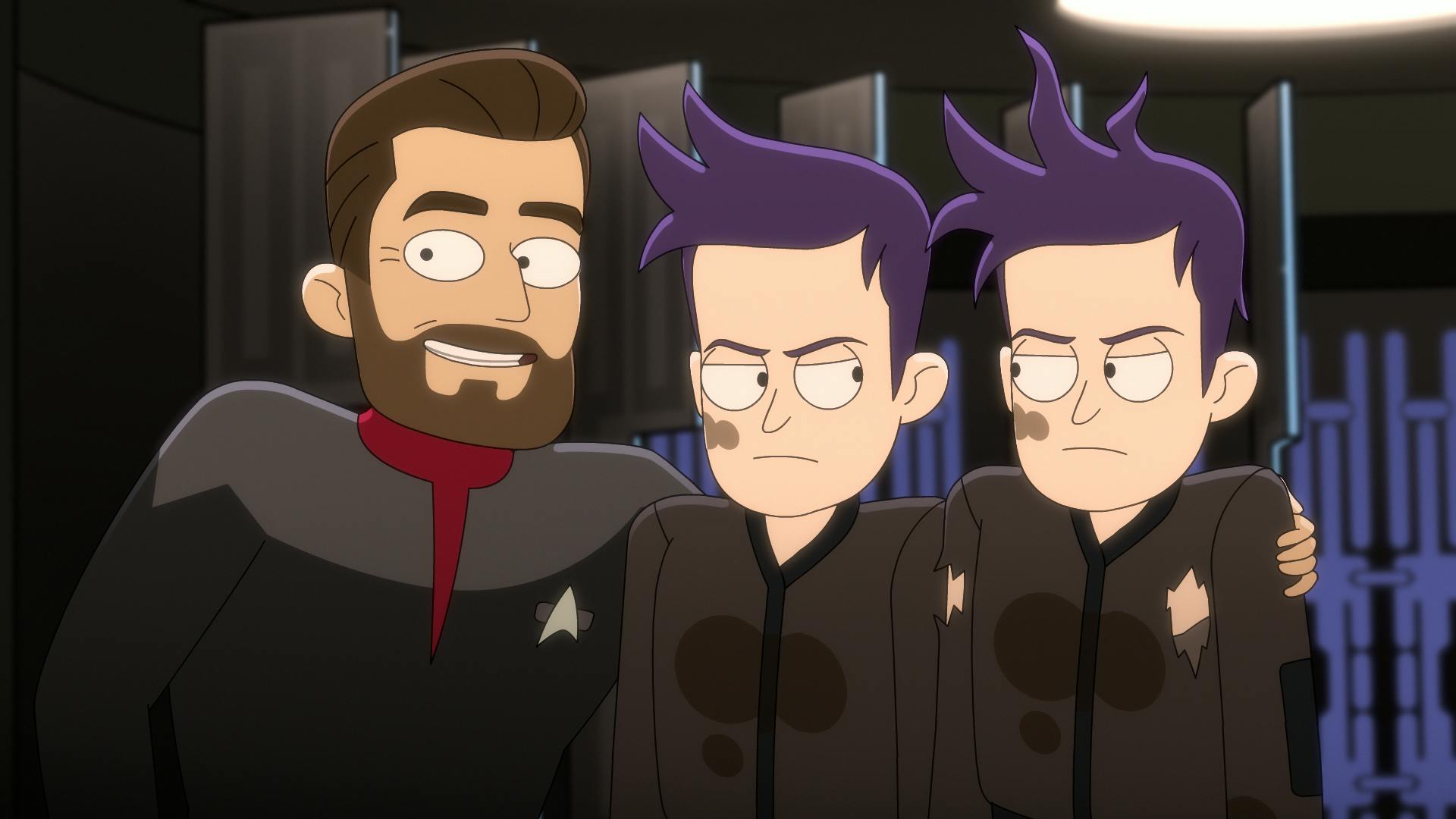
StarTrek.com
Duncan Barrett (he/him) is an author and journalist, and hosts the podcast Primitive Culture at Trek.fm. You can find him @BarrettsBooks.
Star Trek: Lower Decks streams exclusively in the United States and Latin America on Paramount+, on Amazon Prime Video in Australia, New Zealand, Europe, Japan, India and more, and in Canada on Bell Media’s CTV Sci-Fi Channel and streams on Crave.
Star Trek: Strange New Worlds streams exclusively on Paramount+ in the U.S., Latin America, Australia & the Nordics. The series will air on Bell Media’s CTV Sci-Fi Channel & stream on Crave in Canada with additional international availability to be announced at a later date. The series is distributed by Paramount Global Content Distribution.
Stay tuned to StarTrek.com for more details! And be sure to follow @StarTrek on Facebook, Twitter, and Instagram.

